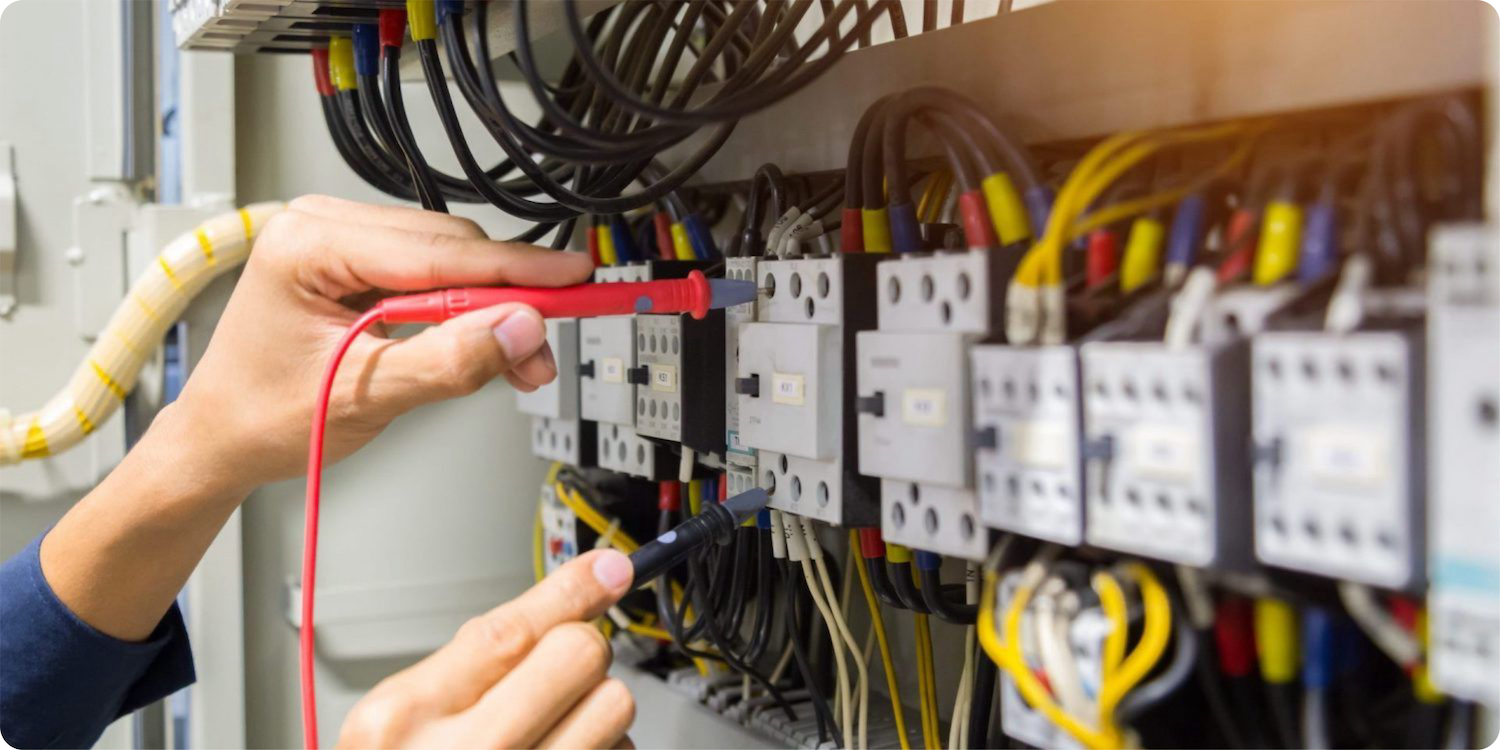Home Electrical Glossary: Everything You Need To Know
We depend on electricity every day and, sometimes, we take it for granted. If something goes wrong though, and the power is out, we begin to realize just how reliant we are on it. Understanding the basic components of your home electrical system goes a long way, because you learn not only how to properly use it, but also who is responsible for which portion of the service. While the power utility company handles everything up to the service point, which is called the line portion, everything after that, also known as the load side, is the homeowner’s responsibility.
Have you ever taken Electrical as a second language? There’s a variety in the way people use terms, both electricians and homeowners. What is a ground fault, what is meant by a circuit, what’s a GFI, etc? It’s good to have answers to all the basic questions and know the basic electrical terms, so when your electrician talks to you about certain issues or needed repairs, you can understand the extent of what’s going on. See below a glossary of home electrical terms that every homeowner should know.
1. Electrical Service Connection and Meter
As mentioned above, the load side of a residential electrical system is the responsibility of the homeowner. This starts with the service connection and the electric meter. The line portion of the electrical system has cable running either overhead or underground to your house, cables which connect to the electric meter. This measures the amount of electricity you’re using and it’s based on the meter readings that you get your electricity bill. The electric meter runs whenever electricity is used in your home.
2. Main Service Panel
The home electrical service feeds into the main electrical panel after going through the meter. Inside the main panel, two hot wires connect to the lugs, which are big screw-like terminals, and that’s how power is provided to the panel. There’s a third service cable, called the neutral, which connects to the neutral bus bar of the service panel. Electricity is supplied through the hot wires and, after it flows through your home, it’s returned to the utility on the neutral wire. This entire flow is a complete electrical circuit.
3. Breaker
A breaker is an automatic switch that cuts off power to a circuit when it detects excessive heat or current over a certain amount of time. It’s usually clipped on to either one or both of the live busbars in the main panel. A breaker can be found in one of 3 positions: on, off or tripped, the latter being the middle position.
Main Circuit Breaker
A main electrical panel has multiple circuit breakers, but only one large main breaker. This controls the power not just on a circuit, but your entire home. Because of that, it is also sized accordingly, to match your house’s load capacity. Today, a standard panel offers a 200-Amp service, but older panels were smaller.
For a 200-Amp service panel, a main breaker will allow a maximum of 200 amps to flow through it. If it detects more, then it will trip, in which case no current at all will flow to any part of the panel. Some home electrical systems don’t have an external disconnect switch, therefore the main breaker serves as one.
When the main breaker is tripped, it stops the flow of power to all branch circuits within the main panel, which means all power in the house. Even so, electricity will still flow into the panel and the service lugs, as this only stops if the power is shut off at the disconnect switch. Similarly, electricity is always present in the service lines and the electric meter, unless the ultimately company shuts it off.
4. Disconnect Switch
The disconnect switch is usually located outside, mounted on an exterior wall near the electric meter. Many home electrical systems include a dedicated disconnect switch, which is used to shut off power in case of an emergency without having to go inside the house. This comes in handy in the event of a flash flood or fire, or even if work needs to be done on the electrical system.
As mentioned above, if the home doesn’t have a dedicated disconnect, then the main breaker in the service panel acts as the system’s disconnect switch.
5. Circuit
An electrical circuit is defined as the actual or intended path of current between two points with different voltage. If your home’s electrical system is set up as a 120-volt circuit, which is the standard today, then the circuit is the path between the hot wire at the breaker and the neutral wire connected to the neutral busbar in the panel.
Sometimes, each loop that current makes, let’s say to go through a single light for instance, is considered a circuit. However, the most common meaning that electricians use is that of a “branch circuit”, which is defined as the current fed by any given breaker, or interrupted by it.
6. Current
Current is defined as the flow of electricity through the wires in your home, or any other conductor. It’s measured in amperes, or in short Amps. A house is only supplied with alternating current, as opposed to direct current, which is found in batteries or cars.
Even though, most commonly, people say electricity flows “from” the power company’s line “to” their main panel and then through the house, in actuality the electrons travel back and forth sixty times per second, not unidirectionally.
7. Device
Devices are all the elements within a household that use electricity. This includes not just the appliances and your electronic devices, but also lighting fixtures, switches and outlets. All of these are connected to individual branch circuits which begin at the breakers in the main panel.
One branch circuit can include multiple devices, such as several outlets, switches and a few lighting fixtures. It can also only contain one single appliance or receptacle. This is the case with larger or critical-use appliances, such as refrigerators, water heaters or furnaces, and it’s called a dedicated circuit. Having dedicated circuits for these appliances is also a safety precaution, as it reduces the risk of overloading circuits.
8. Wiring
A home’s wiring is made up of all the wires and cables that run through the house supplying electricity from the line to each and every device. There are different types of wiring, such as non-metallic cable, commonly known as Romex, conduit, NM cable, armored cable, and more.
Each type of cable is suited best for a particular purpose. NM cable, for instance, is ideal in dry, protected areas, such as inside stud walls. It’s not suited for areas with excessive heat though. Conduit is generally used in sheds, garages or outdoor applications, where the wires need protection against exposure.
9. Interrupter
There are 2 types of interrupters: arc-fault interrupter & ground-fault interrupter. They are both protection devices that ensure electrical safety. An arc-fault interrupter is a circuit breaker that trips when arcing occurs, including line-to-neutral arcing, which wouldn’t normally trip a standard breaker. It has been required in most rooms since 2008.
A ground-fault interrupter protects against electrocution, quickly shutting off power in the event of a ground fault. It keeps you safe from electric shock and it has been required by the NEC in more and more locations around the house.
10. Receptacle
A receptacle, which used to be called a socket and it’s sometimes called an outlet, is where you plug in your devices or appliances. They provide power to TVs, computers, vacuum cleaners, fridges, but also lamps and other lighting fixtures.
Standard receptacles can be 15-Amp or 20-Amp, the latter supplying more electricity without tripping breakers. There are also special receptacles that have the capacity to provide 30 to 50 Amps to higher demand appliances, such as dryers or electric ranges.
A Simple Electrical Upgrade Can Upgrade Your Quality of Life
The right electrical upgrade can dramatically improve the value and appearance of any home or business. You’ll be amazed at what a difference the right electrical upgrade can make for your home or business. Make sure that when you select an electrical company to do the enhancement of your home and you have decided to take your enhancement to the level where you require an electrical upgrade that the technician at the company has a good working knowledge and the experience to properly guide you in this area.
When you decide to upgrade, our well-trained and certified electricians have all the experience and training needed to complete your electrical panel upgrade project from start to finish, with a minimum of fuss or disturbance. Please contact us right away at 310-800-2401






